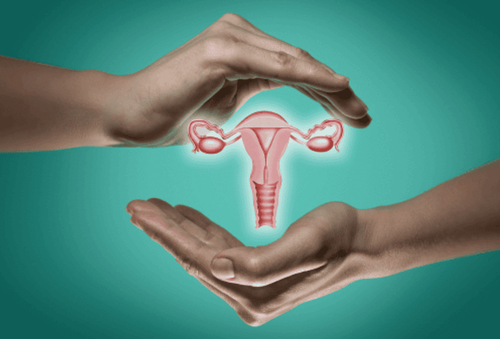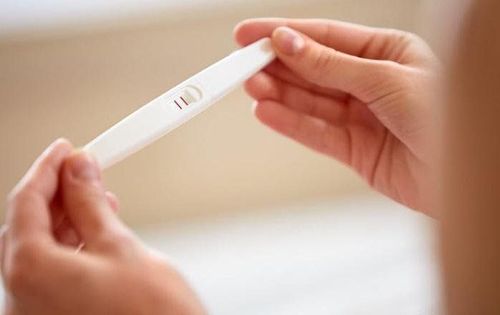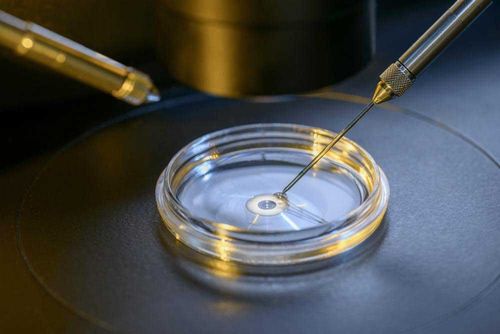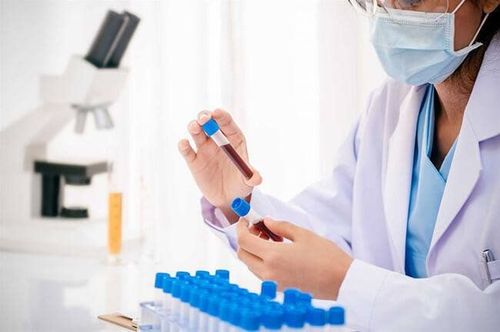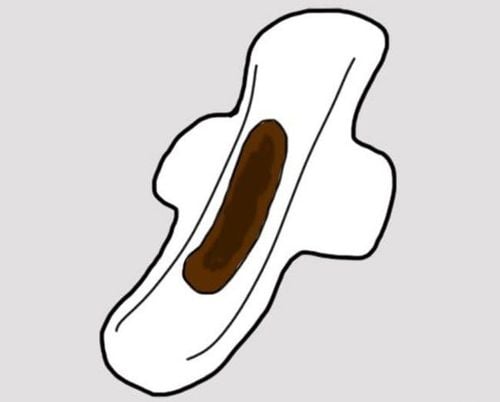This is an automatically translated article.
After ovarian stimulation and egg aspiration in IVF, embryo transfer to the uterus is not expected at any time, but must undergo a period of endometrial preparation under monitoring. of the treating physician.1. The role of the uterine lining in embryo transfer
The uterine lining changes cycle under the influence of the hormones estrogen and progesterone secreted by ovarian follicles, creating a regular and stable menstrual cycle.At the beginning of the menstrual cycle, the endometrium sheds due to a decrease in estrogen and progesterone, thereby causing menstruation. In the follicular phase of the menstrual cycle, the ovaries will have many follicles that go into the process of selection and development to have a dominant follicle and ovulate. During this period, estrogen will act on the uterine lining to help thicken the lining of the uterus at its best, increasing blood vessels.
After ovulation, under the influence of progesterone, the uterine lining will switch to the secretory phase, welcoming the embryo to implant. However, the lining of the uterus is not always ready for embryo implantation. According to research, the most favorable period for embryo implantation in the lining of the uterus is only about 3-4 days, that is, it only appears from the 20th to the 23rd day of a 28-day menstrual cycle. Therefore, this is the right time for the transfer of stored embryos into the uterus for implantation. Outside of this time, no matter how good the transferred embryo is, it cannot be implanted in the uterus.

Sau khi trứng rụng, dưới tác động của progesterone, niêm mạc tử cung sẽ chuyển sang giai đoạn chế tiết, đón phôi vào làm tổ
2. Attention during mucosal monitoring when transferring stored embryos
After ovarian stimulation and egg retrieval in IVF, the transfer of stored embryos to the uterus does not have to be transferred at any time, but must undergo a period of preparation as well as monitoring of the lining of the uterus. embryos stored by the treating physician.2.1. Preparation of the uterine lining before embryo transfer The preparation of the uterine lining consists of two main stages as follows:
Estrogen phase: This is the stage to stimulate the thickness of the uterine lining, increase the proliferation of blood vessels. Blood creates nutrients for the embryo to implant and develop well, then supplement Progesterone so that the uterine lining changes to the secretory and forming stage. Methods used to supplement estrogen such as using exogenous estrogen from the outside into the body with steroids or monitoring the natural follicular cycle as well as injection of mild ovarian stimulation drugs to synthesize endogenous Estrogen. Progesterone supplement phase: This phase is to support the corpus luteum to help open the implantation window for the uterine lining to receive embryos. The drugs commonly used are Dydrogesterone, Natural Progesterone Vaginal Microparticles or Progesterone in the form of a vaginal pump gel, Progesterone in oil form for intramuscular injection. 2.2. Nutrition and psychology during mucosal monitoring during embryo transfer no need to diet. A nutritious diet is to know a full balance of meat, fish, green vegetables and fruits, do not abuse any kind of food and do not force yourself to eat foods that you do not like. Create psychological comfort: During the process of in vitro fertilization, the woman must always adhere to a certain regimen of the doctor. When it comes to the stage of monitoring the mucosa for embryo transfer, regular follow-up visits according to the doctor's instructions and worries cause women to experience stress, which will negatively affect their health. embryo transfer results. Therefore, women should balance their psychology and relieve stress to have good embryo transfer results. Comply with the medication regimen by the treating doctor: The use of more hormonal drugs will not increase the likelihood of pregnancy, so women should not arbitrarily add or remove drugs without the consent of the doctor. treating doctor.

Để có niêm mạc tử cung thuận lợi cho quá trình chuyển phôi cần có chế độ ăn uống đầy đủ chất dinh dưỡng, không cần ăn kiêng
3. The process of transferring embryos into the uterus
Step 1: Use estrogen from day 2 or day 3 of the cycle. Use 2-3 weeks before embryo transfer to stimulate the growth of the uterine lining. After 6-7 days, ultrasound should be repeated to monitor the mucosa. Step 2: Use progesterone when the endometrium reaches the appropriate thickness for embryo implantation. It is recommended to use 2-5 days before embryo transfer but depending on the stage of embryo storage. Step 3: On the day of embryo transfer announced by the doctor in advance, the embryo will be thawed. The number of thawed embryos will be considered to ensure the highest success rate and the lowest risk of multiple pregnancy. Step 4: Embryo transfer: However, before embryo transfer, women can still eat and drink normally. This is a gentle procedure, women are completely awake during the embryo transfer. After embryo transfer, you should lie down for 30-60 minutes. Step 5: After the embryo transfer, you will be guided by the medical staff to take medicine and order medication, usually estrogen and progesterone drugs. At the same time, you should walk and live as usual, without having to lie still because it will reduce the pregnancy rate as well as increase the risk of venous thrombosis. Step 6: After embryo transfer 12-14 days, you should take a pregnancy test. This is a method of testing beta-hCG levels to know the results of pregnancy or not. In case of bleeding before the day of pregnancy test, you should contact your doctor immediately. In case of infertility or infertility, customers can come to the Reproductive Support Center - Vinmec International General Hospital. This is the leading center in Vietnam, which has developed and applied a comprehensive medical examination and treatment process, combining both gynecology and obstetrics and gynecology to provide the optimal method for each patient's case.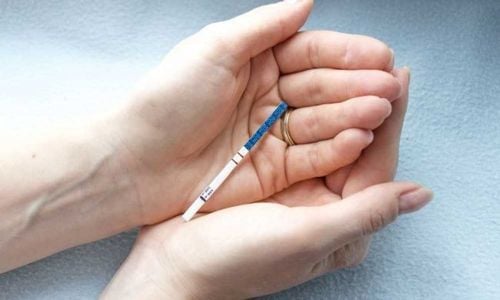
Sau chuyển phôi 12-14 ngày chị em nên thử thai
Equipped with modern equipment, clean air system according to international standards to ensure lab quality, single incubator system to optimize embryo quality , improving the success rate for each cycle of artificial insemination. Implement most advanced assisted reproductive techniques in the world: ICSI (injection of sperm into the oocyte cytoplasm); support embryo escape membrane; Reproductive reserve: embryo freezing, sperm freezing, oocyte freezing to help customers take the initiative in giving birth at will, transferring embryos on day 5, minimizing pregnancy; male infertility techniques (PESA, MESA, TEFNA, TESE) Besides advanced reproductive support methods, a team of excellent doctors in the country and the world, with prestige and long-term experience in the field of infertility .
Please dial HOTLINE for more information or register for an appointment HERE. Download MyVinmec app to make appointments faster and to manage your bookings easily.





